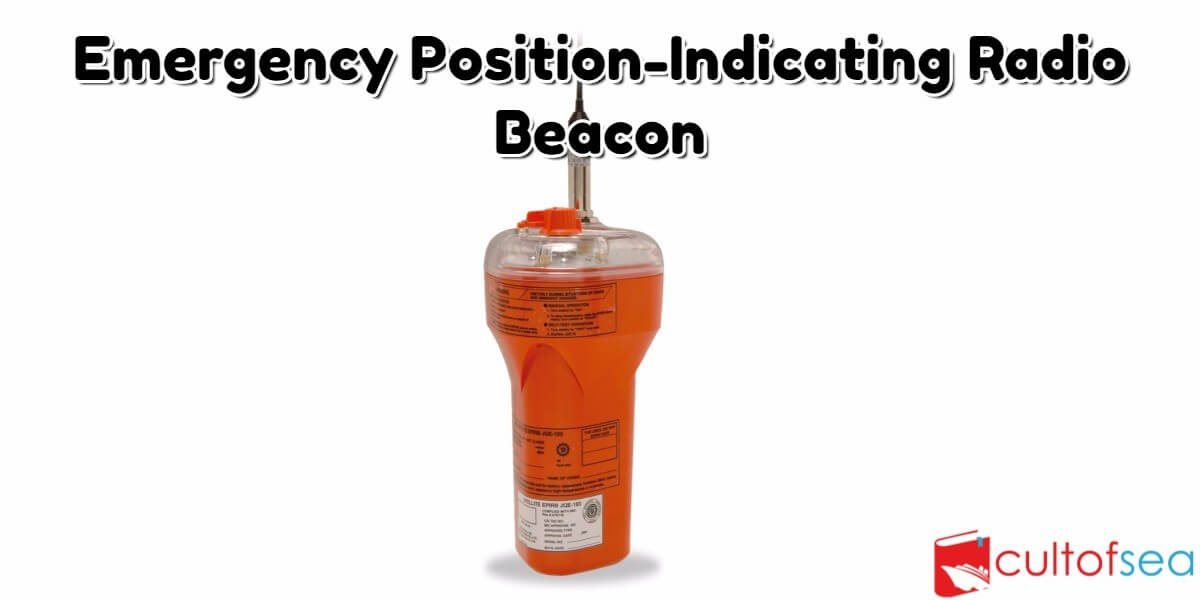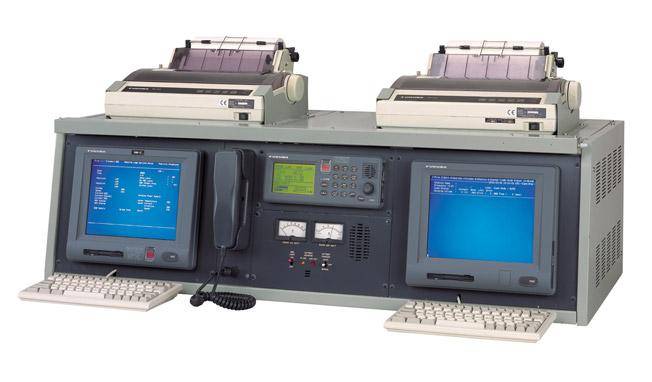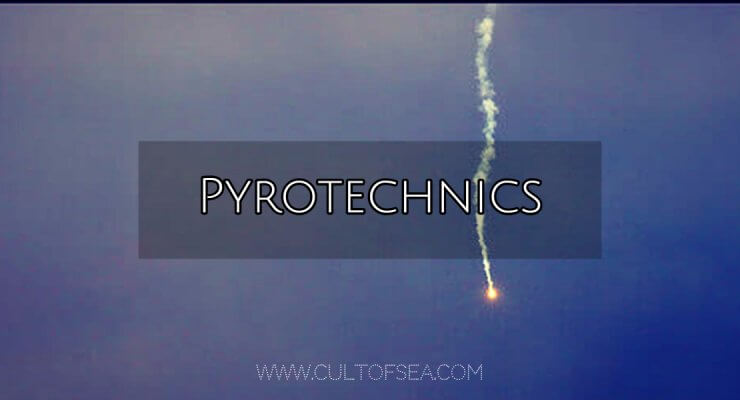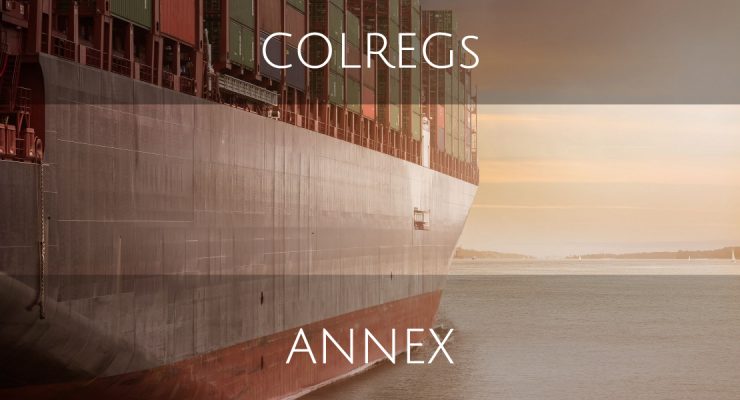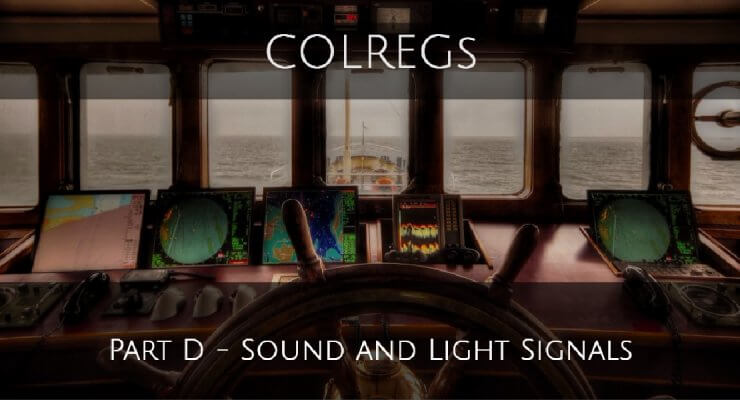Recommendation On Performance Standards For Float-Free Satellite Emergency Position-Indicating Radio Beacons (EPIRBs) Operating On 406mhz General 1. The satellite EPIRB should be capable of transmitting a distress alert to a polar-orbiting satellite.2. The EPIRB should be of an automatic float-free type. The equipment, mounting and releasing arrangements should be reliable, and should operate satisfactorily under the most extreme conditions likely to be met with at sea.3. The satellite EPIRB should: .1 be fitted with adequate means to prevent inadvertent activation; .2 be so … [Read more...]
GMDSS Radio Equipment Requirements on Ship as per SOLAS
The GMDSS radio equipment requirements are categorized as following:General Sea area A1 Sea areas A1 and A2 Sea areas A1, A2 and A3 Sea areas A1, A2, A3 and A4 Radio equipment: GeneralEvery ship shall be provided with:VHF radio capable of transmitting and receiving:-DSC on the frequency 156.525 MHz (channel 70) and maintain a continuous watch on the same -Radiotelephony on the frequencies 156.300 MHz (channel 6), 156.650 MHz (channel 13) and 156.800 MHz (channel 16);A search and rescue locating device (SART) capable of operating either … [Read more...]
Pyrotechnics
AS PER SOLAS CH 3 REG 6.3 Distress flares Not less than 12 rocket parachute flares, complying with the requirements of section 3.1 of the Code, shall be carried and be stowed on or near the navigation bridge.Additional to mentioned above 2 Buoyant smoke signals, 4 Rocket parachute & 6 Hand flares are to be present in each of the survival craft. FURTHER DETAILS ON PYROTECHNICS AS PER LSA CODE ROCKET PARACHUTE FLARES (Section 3.1 of the IMO LSA Code) The rocket parachute flare shall:Be contained in a water-resistant casing; Have brief instructions or … [Read more...]
ANNEX IV – Distress Signals
1. Need of Assistance The following signals, used or exhibited either together or separately, indicate distress and need of assistance:(a) a gun or other explosive signal fired at intervals of about a minute;(b) a continuous sounding with any fog-signalling apparatus;(c) rockets or shells, throwing red stars fired one at a time at short intervals;(d) a signal made by any signalling method consisting of the group ... --- ... (SOS) in the Morse Code;(e) a signal sent by radiotelephony consisting of the spoken word "Mayday";(f) the International Code Signal of distress … [Read more...]
Rule 37 – Distress signals
Rule 37 : Distress signalsWhen a vessel is in distress and requires assistance she shall use or exhibit the signals described in Annex IV to these Regulations. … [Read more...]
